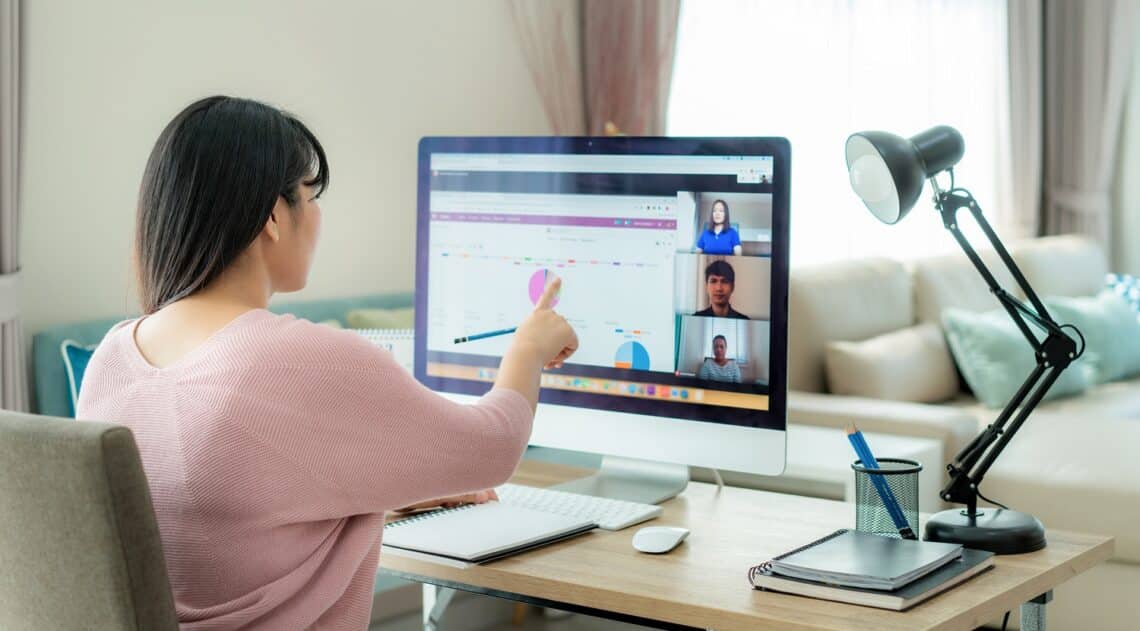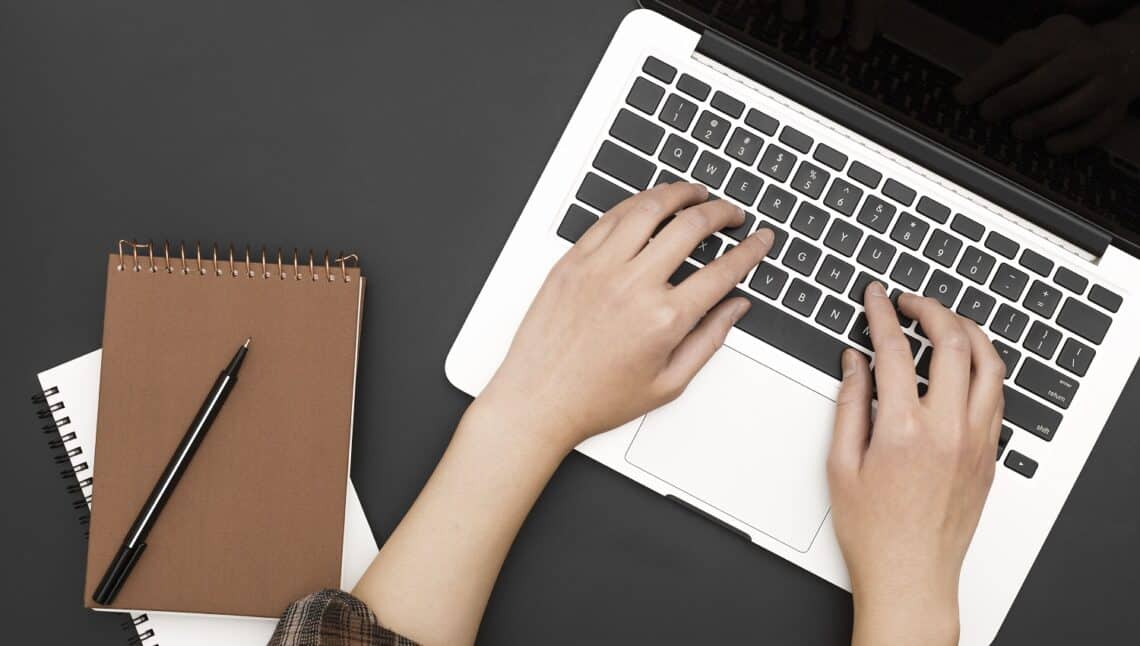With the rise and spread of Covid-19, approximately 900 million people across the world had to discontinue their office schedules and adapt to the new normal of working from home.
The pandemic situation has also affected the design community and drastically changed the way architects go about their daily business.
The transition from a proper workplace to home is hardly the smoothest, but a few changes here and there could make things much more manageable. That’s why we’ve put together a list of the best practices, so architects can do what they do best, in the comfort of their home.
Take a look now.
Virtual Collaboration and Planning

Working remotely is undoubtedly an unexplored territory for most architects, yet a lot can get done with a team virtually on board. Obviously, the level of collaboration is not the same as working with colleagues in the field. Regardless, this sort of interaction and teamwork is quite beneficial since you can let more people join in the conversation.
One such success story is that of Boston-based Flansburgh Architects, where a project was approved for public funds through a remote meeting with 150 attendees, conducted via Zoom.
Video-conferencing platforms such as Zoom, Microsoft Teams, GoToMeeting, and Slack allow several participants to join in a particular session, thereby streamlining communication and enabling progress in work. The best part is that professionals can directly address clients, suppliers, and other stakeholders without losing out on work or deadlines.
For instance, firms like Höweler + Yoon Architecture have all their employees on Remote Desktop and are virtually running 22 workstations without operators, entirely via online communication networks.
There might be hiccups along the way, given that most other people are also reliant on internet connectivity for their jobs. Ideally, it would help if you adapted to the current scenario in a way, so that you can share information more spontaneously with an ‘all hands on deck’ approach.
Maintaining Workflow – Software and Technology
Working online is fast turning into a community-based initiative where professionals belonging to different departments are working in tandem to thrive in a virtually competitive world. Therefore, it’s important to use design systems that offer cloud-based services so that you can transfer the creative process to a shared network.
Likewise, you can also move all the current projects to the cloud and provide access to key personnel only. Furthermore, you’ll find several apps and programs online that recreate the sketchbooks and sketch rolls, which are essential to the design work in physical workplaces.
These apps enable architects to sketch, design, and present proposals to prospective clients and superiors, thereby integrating the creative process through innovative solutions. Hence, it only makes sense to stock up on apps, as the uncertainty of the Covid-19 situation should not stop you from learning new skills and techniques.
Managing Projects and Resources
When you’re working with a larger team, it’s essential to prepare documents in a way that they’re more easily accessible for quick reference. Holding virtual meetings for every little thing is a waste of time. Instead, you can stay in touch via channels like Trello, Slack, or any all-in-one tool for a structured and organized workflow.
This way, you can allow your team to create and edit spreadsheets, text files, and presentations without compromising on project management. Besides, you can also divide your team based on location, assignment, or department to establish separation and hierarchy. However, stick to one channel as too many of them could lead to chaos of information.
Establish Secure Communication
Even at an office, all formal communication takes place via e-mails, circulars, and folder exchange. Therefore, if you’re in charge of sensitive information, send it through secure channels with end-to-end encryption. Use one file-sharing platform and keep all text-based communication to a bare minimum.
There’s no point in sharing information that’s not relevant to or does not concern all the team members. In short, narrow it down to one video-calling, text messages, and file-sharing platform. You do not want to do it all across one channel, which could lead to a crash and hinder productivity.
Spontaneous Problem-solving
Construction companies have become far more inventive in their problem-solving approaches and are successfully dealing with issues that were earlier resolved with all parties present on the field. New York-based studio, Architecture + Information, has been quite proactive in this aspect, combining Facetime and Google Hangouts to sort out site-related conflicts from time to time.
In fact, certain firms are also considering following the same routine in the post-coronavirus situation as the instant response has improved their viability among clients.
Revising Internal and External Communication
Several companies are using the current scenario to do away with redundant practices and adopt more progressive communication methods. Let’s take the example of Form4 Architecture in San Francisco, which is currently contemplating an expansion in telecommunications across all studios to extend its services beyond local business.
Besides, the dynamic has also changed in terms of internal communication as several companies like the BAAO, in Brooklyn, are using online chatrooms to keep the team connected without disruptions.
Stay Connected and Available
Working from home essentially means that you’re remotely available and in touch with your team, clients, and suppliers during office hours. It may not have the same impact as that of physical presence, but it definitely has a positive and reassuring effect on all parties involved.
Also, this is untested territory for most designers and architects out there, so don’t hold back in fear of ‘over-communicating’. What you consider obvious may not come across at all, so just pass the message and get the work done. Besides, if you’re going live with your project and want feedback instantly, it’s best to stay available for seamless two-way interaction.
Create a Dedicated Workstation
We cannot stress enough how important it is to not work in the bed, under a cozy blanket. It’s fine if you don’t want to get out of your PJs. But make sure to set up a desk and chair in a well-ventilated area to focus all your attention on the task at hand.
Also, consider the ergonomics of the chair as you’d be sitting for quite some time, and your back will be needing support and comfort. Most importantly, ensure that you’ve uninterrupted internet connectivity and a fully functional PC to get going. Be mindful of having charging points, as you do not want to lose precious time charging the phone or laptop in a different location.
Re-evaluate Your Working Hours
While working from home, you end up saving a lot that is otherwise spent on commuting and lunch breaks. Obviously, there are a lot of distractions that can take your mind away from the job. However, you must assess the hours and work in a manner so you can don’t end up working almost all day as you had to take breaks in between.
Divide your schedule and create your own deadlines, so you can deliver the project on time and catch up on other work. And to that end, some companies are even going down the route of daily staff check-ins, twice a day to instill more discipline and timeliness throughout the stay-at-home period.
Futuristic Design and Working Styles
The government-mandated work-from-home practice has allowed architects to be more experimental in remote-working styles. Professionals are using multiple digital tools to enhance their core designing skills and preparing options that will stand the test of time.
There has also been an upsurge in single-family clients vested in renewable energy and on-site food production, which echoes the constant need for reinventing and repurposing with time.

Conclusion
Thanks to digital technology, we no longer need the physical semblance of an office to stay connected and continue working. However, a sudden break from routine takes a toll on our personal lives, and the work-life balance tends to get affected.
At the end of the day, it’s important that you establish an environment of productivity, wherein the workflow remains unhampered and result-driven. But at the same time, do not overcompensate by working longer as that could impact both mental and physical health.
So, work with a positive attitude and keep mind over matter, always.
Related Articles
47 of the Best Gifts for Architects
33 Best Gifts for Interior Designers and Creatives
23 Best Gifts for 3D Artists Right Now
25 Best Gifts for 3D Animators Right Now
6 Best iPad Pro Drawing Case Options for Artists
The 4 Best Tablets for Architects
Ultimate Guide Towards the Best Laptop for SketchUp Today
Simply the Best Mouses for Photoshop
The 6 Best Graphic Tablets for Beginners


